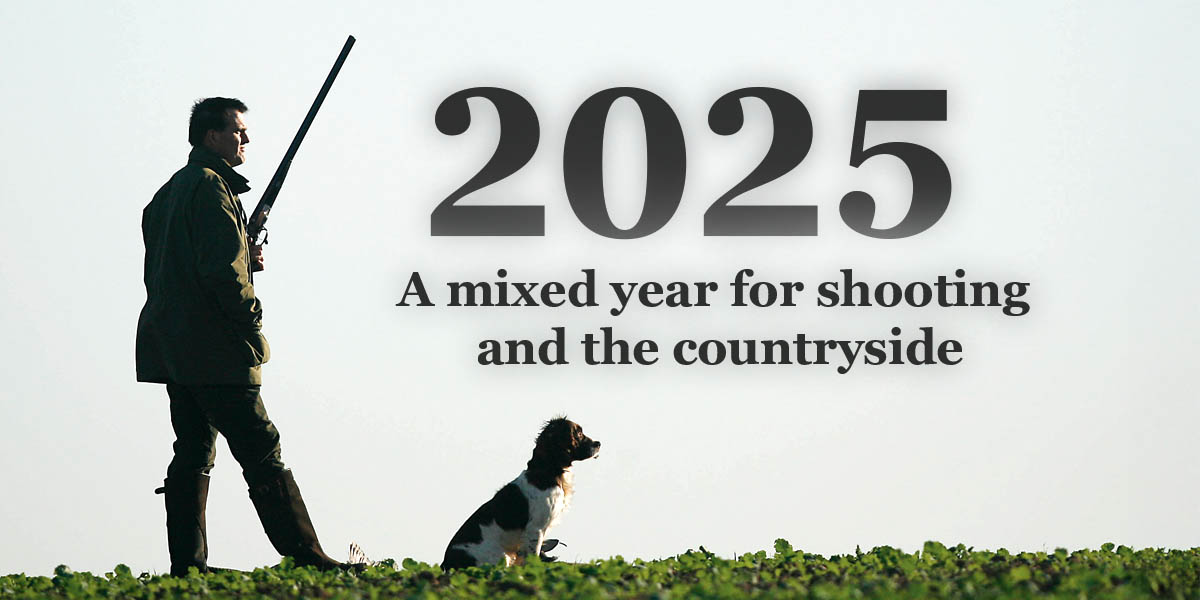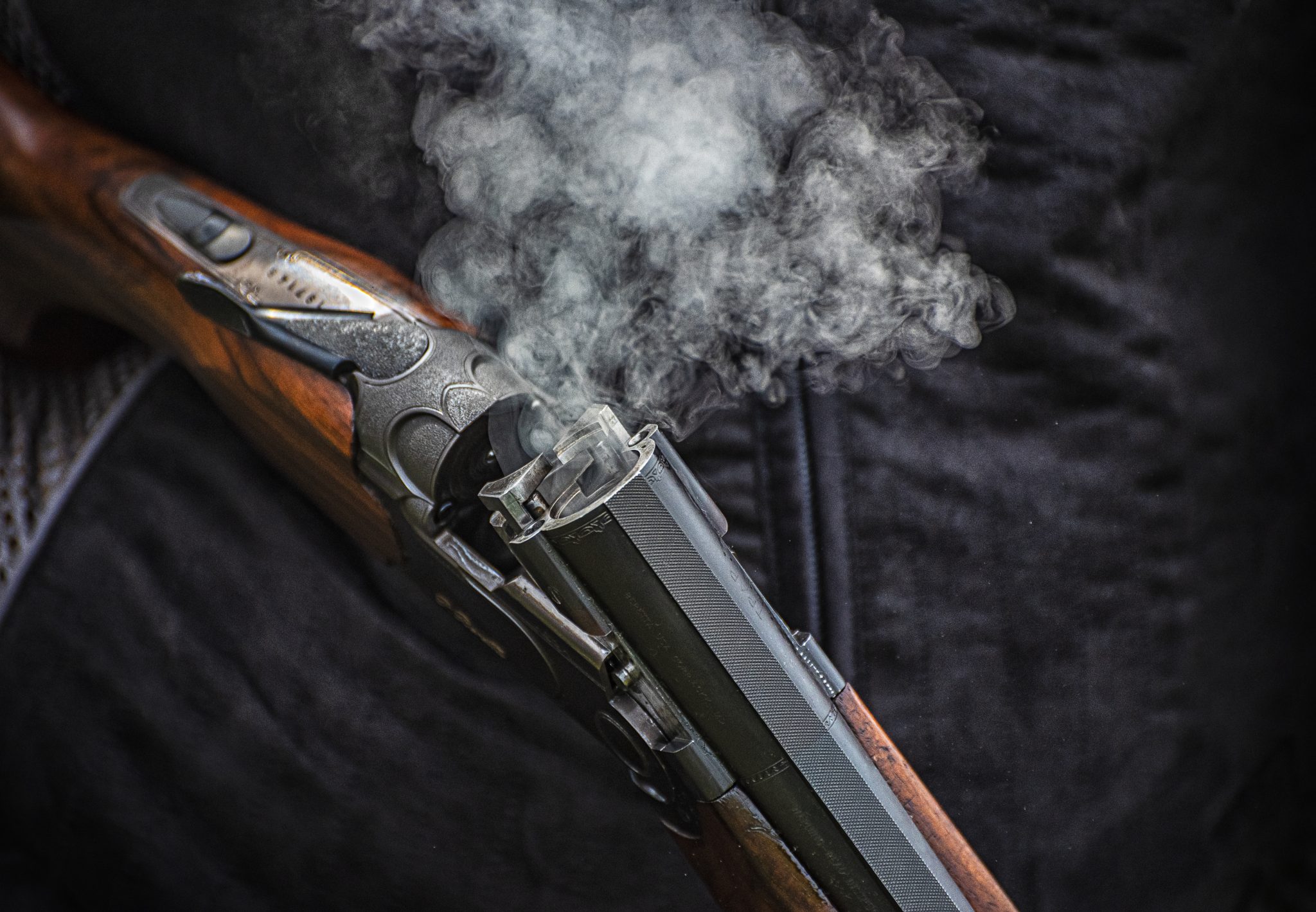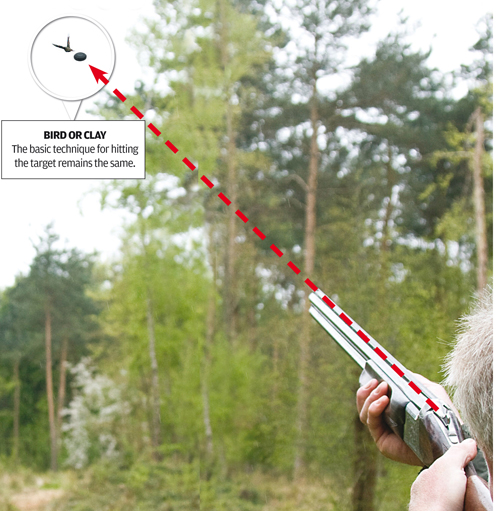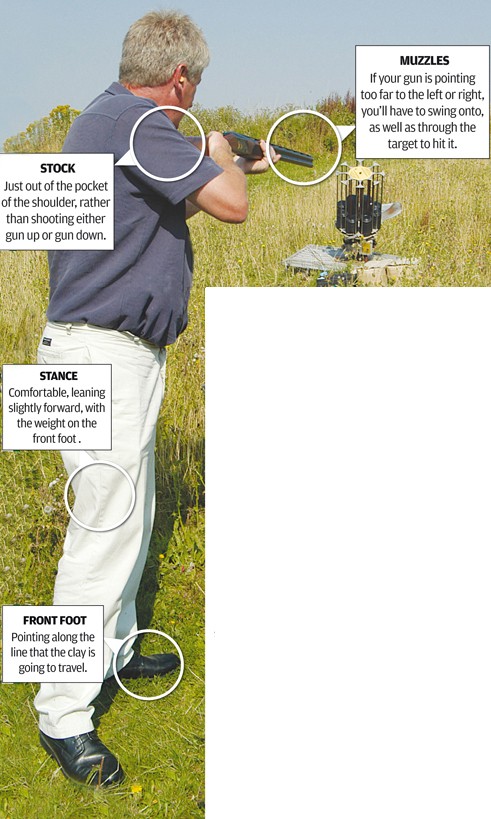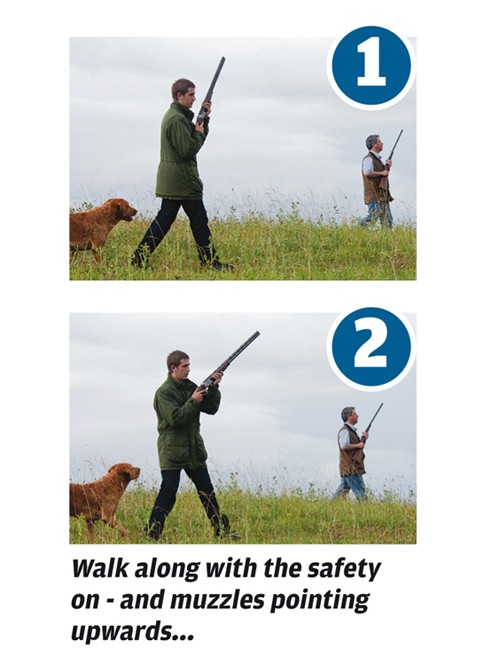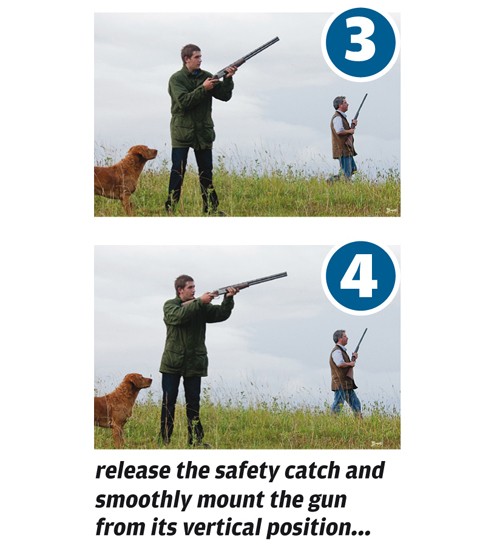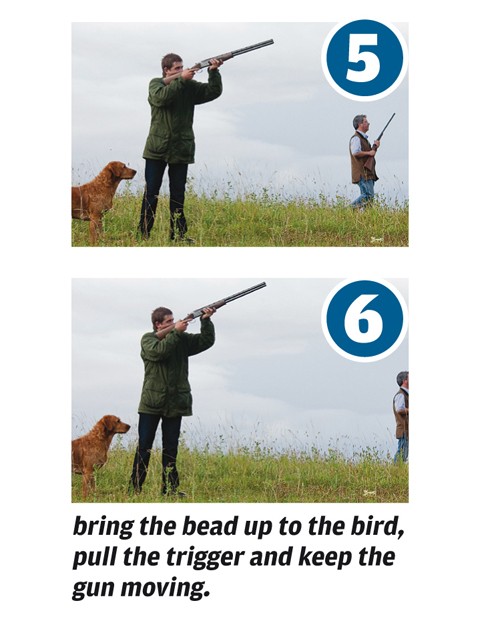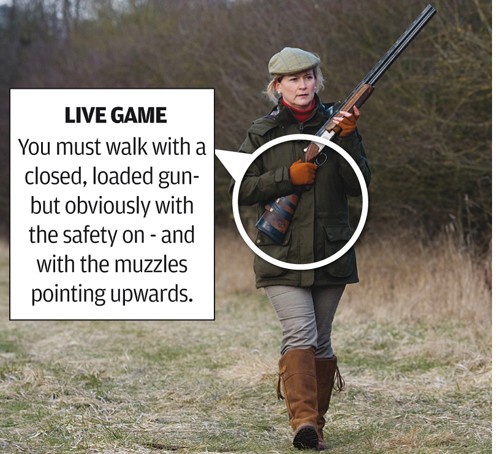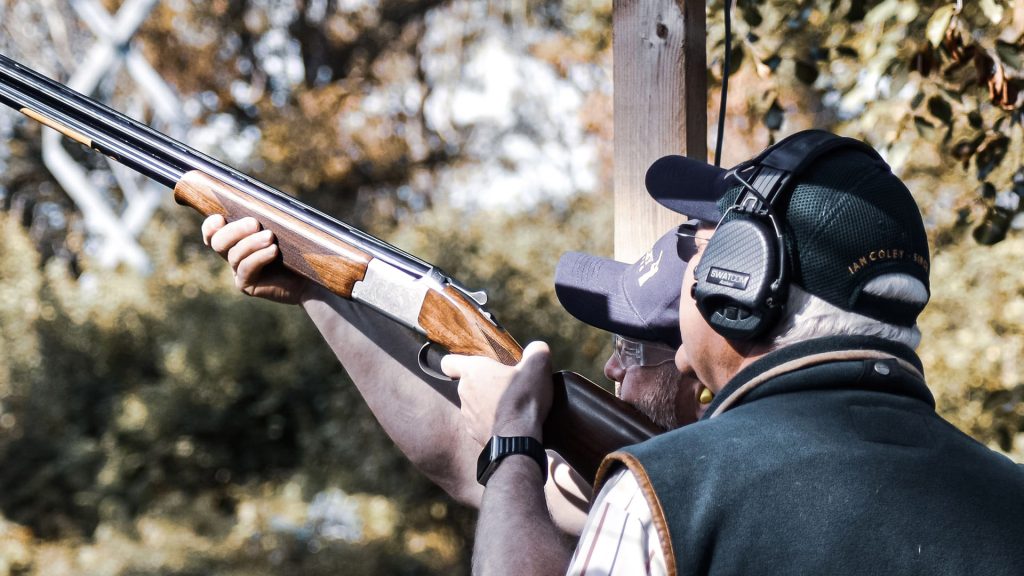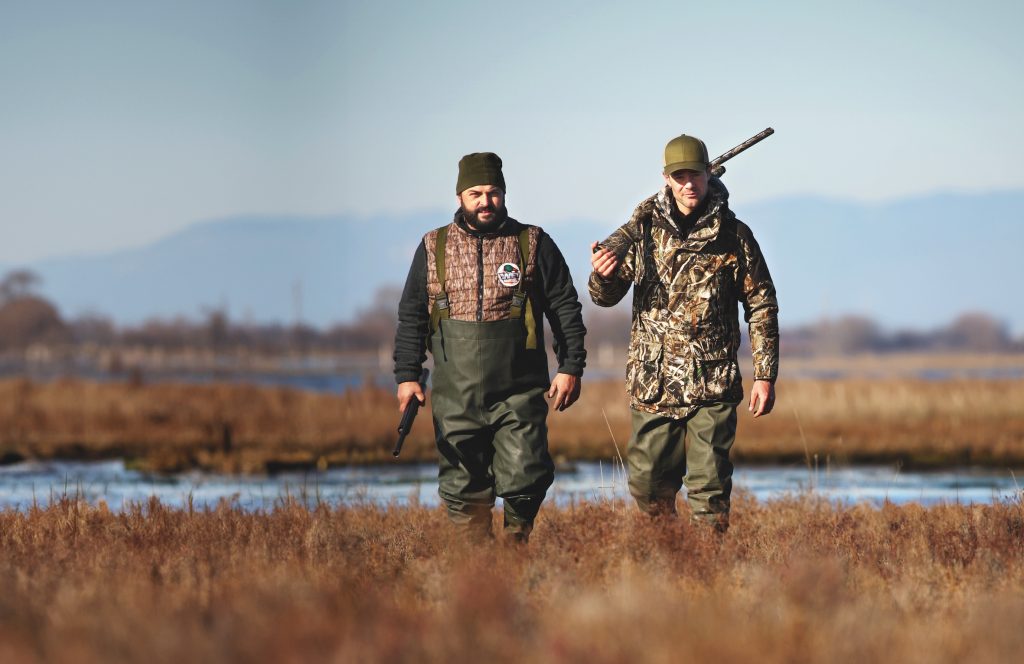Win CENS ProFlex DX5 earplugs worth £1,149 – enter here
Tips to make you better at walked-up pheasant shooting
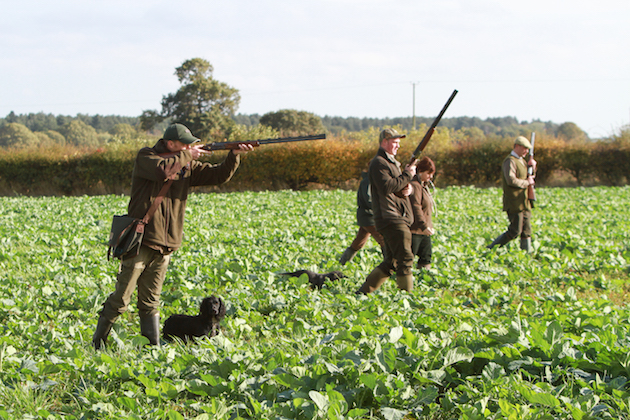
Have you been invited walked-up pheasant shooting for the first time? If so, congratulations because it’s a sought-after invitation. However it can be a daunting prospect for the beginner.
On a walked-up shoot you don’t have total control of the birds and you don’t know how they will be presented, unlike a driven shoot. Many walked-up shooters prefer this element of uncertainty.
Walked-up pheasant shooting is different. Everything has to be acted upon in a fraction of a second, you don’t get another chance. And actions have to be co-ordinated. (Read how to tackle common species when walked-up shooting.)
Top tips for walked-up pheasant shooting
- Don’t cover the line of the bird with your muzzles.
- Don’t aim, rush or snatch at the trigger.
- Don’t forget to compensate for any curve of the bird’s flight.
- Do keep your wits about you.
- Do get your stance and weight correct.
- Do have a positive mental attitude – ‘controlled attacking.’
Practising on clays
A few sessions at the clay ground is excellent preparation for a walked-up pheasant shooting day. So what’s the best use of your time and what should you practice?
Away clays
Let’s look at a typical going away bird on an English sporting layout.
First of all, consider your ready position, gun mount and stance.
The stance should be comfortable, leaning slightly forward, with the weight on the front foot. That foot should be pointing along the line that the clay is going to travel.
The muzzle of your gun should also be pointing in the same direction. If your gun is pointing too far to the left or right, you’ll have to swing onto, as well as through the target to hit it.
On a clay ground I’d opt for a ‘halfway house’ type of gun ready position, where the stock is just out of the pocket of the shoulder, rather than shooting either gun up or gun down. This means the amount of travel to mount the gun is kept to a minimum.
When you raise the gun to your shoulder you’re looking for a single smooth action, using both your hands – don’t let the trigger hand do all the work – keeping the gun parallel all the time.
If the muzzles of the gun are initially too high they can obscure your view of the clay as it leaves the trap. Alternatively, if they are held too low, you’ll probably end up playing catch-up with the clay resulting in a rushed shot.
In summary, your stance, ready position and gun mount should never compromise your view of the target as it leaves the trap and flies along its line of travel.
Why shooters miss going away birds
- The most common reason that shooters miss going away birds is because they aim! Maybe because the bird looks easy it draws you into aiming – just to make sure of a kill!
- Another mistake is to try and cover the target and then fire. This invariably results in missing over the top.
- The best approach is to choose your kill point, bring the gun up smoothly and when the bead on the muzzle is just about to touch the bird, pull the trigger.
- Don’t forget you might have to take natural conditions into account.
- If there’s a crosswind you’ll need to compensate slightly for any deviation in flight that the clay might take – it’s unusual a clay will ever fly dead straight along the entire course of its travel.
- If you think you’re going to miss you probably will.
- If you know you’re going to dust the target, invariably you do!
- Try and develop a ‘controlled attack’ approach. This doesn’t mean snatching at the trigger pull, though, as this can often result in muzzle flip and another missed target.
- Don’t be intimidated by the impression of speed of the bird or the quick release. The clay will never get away from the speed of your shot.
Using these tips to improve your walked-up pheasant shooting
- Smooth gun mount
- Bring the bead up to the bird,
- Pull the trigger
- Keep the gun moving
Be alert and ready to respond to a rising bird. The moment you see, or even hear, a bird flush, the gun must come into your shoulder and be locked onto the target in an instant. Hesitate, and the pheasant will no longer be in a shootable position.
Walk with a closed, loaded gun- but obviously with the safety on – and with the muzzles pointing upwards.
The attitude and positioning of the muzzles does present a problem, however.
To get on to a flushed, rising bird you must get the bead onto or slightly below the target as you mount the gun from its vertical position, simply so you can then swing the muzzles up onto the bird.
Try using a ‘vertical gun’ stance on a going-away target at your local clay ground for practice.
Related Articles
Get the latest news delivered direct to your door
Subscribe to Shooting Times & Country
Discover the ultimate companion for field sports enthusiasts with Shooting Times & Country Magazine, the UK’s leading weekly publication that has been at the forefront of shooting culture since 1882. Subscribers gain access to expert tips, comprehensive gear reviews, seasonal advice and a vibrant community of like-minded shooters.
Save on shop price when you subscribe with weekly issues featuring in-depth articles on gundog training, exclusive member offers and access to the digital back issue library. A Shooting Times & Country subscription is more than a magazine, don’t just read about the countryside; immerse yourself in its most authoritative and engaging publication.



